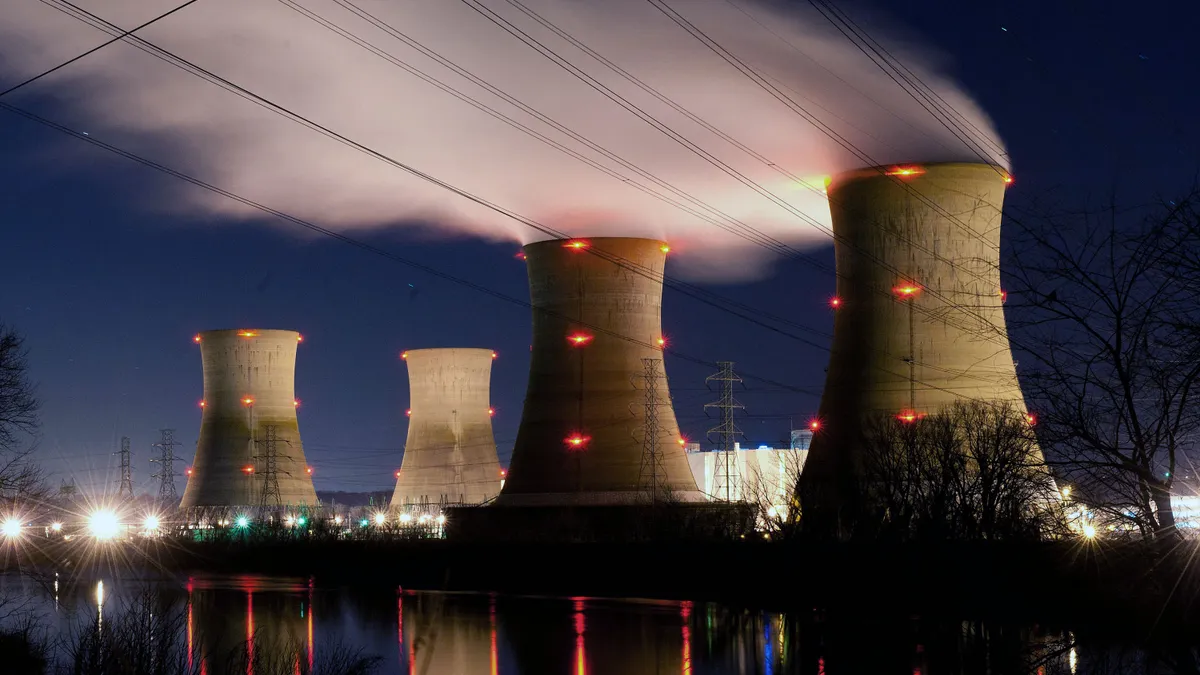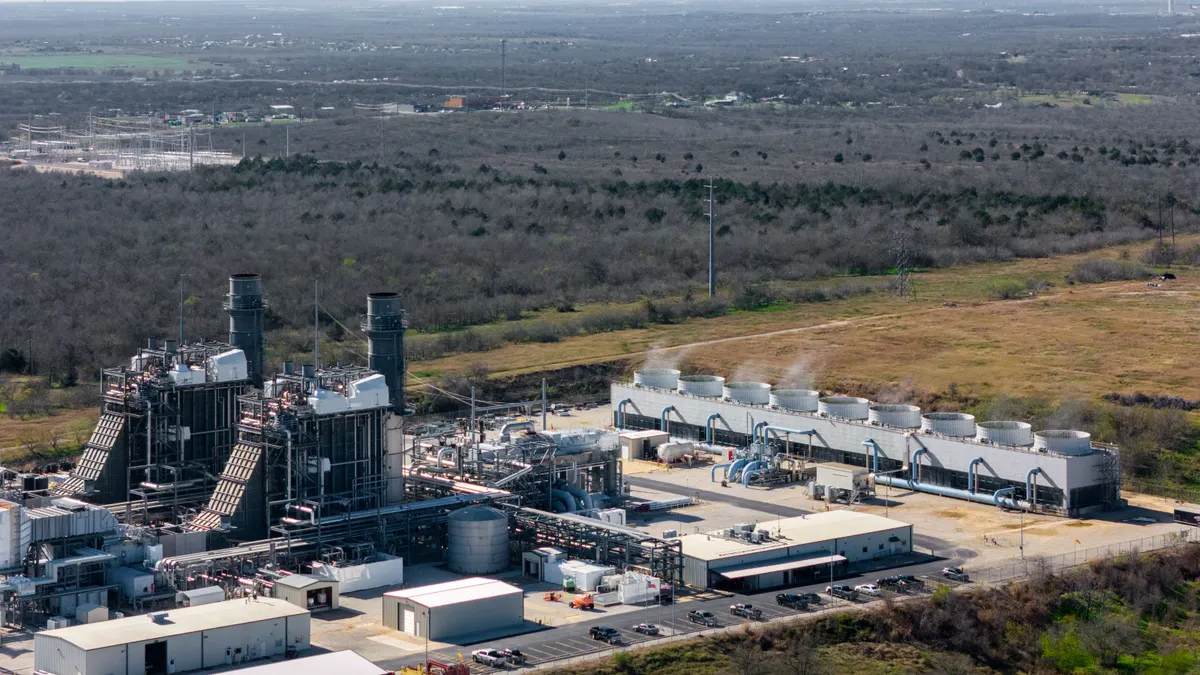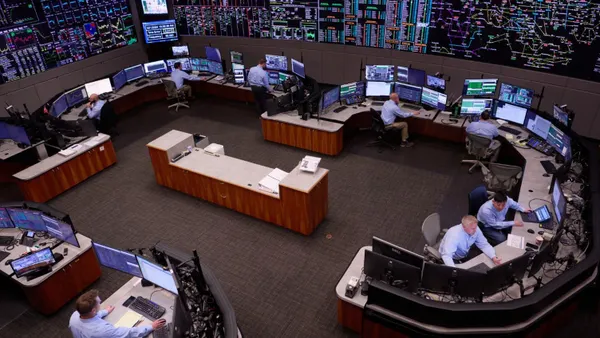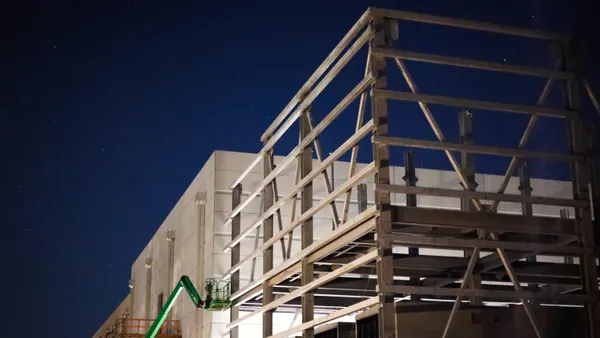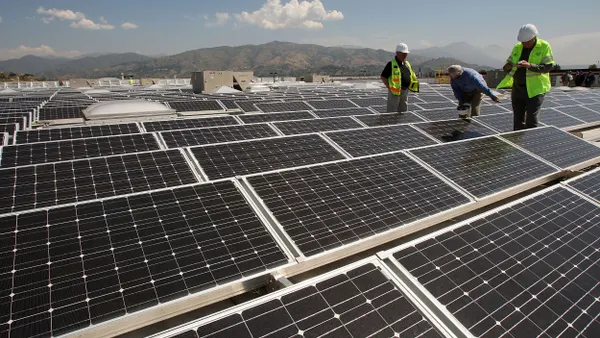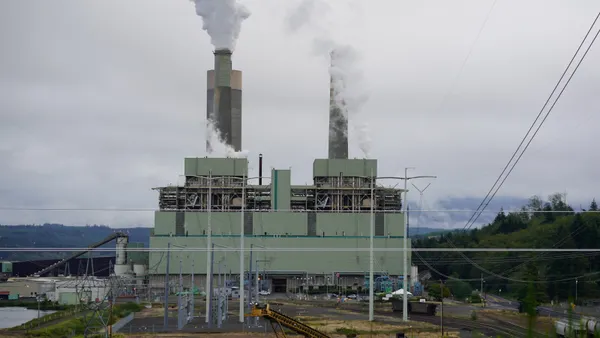Dive Brief:
- More than 100 nuclear industry stakeholders have asked Congressional leaders to preserve four Inflation Reduction Act tax credits they say are critical to its economic future.
- Signatories to the April 30 letter include utilities and independent power producers, nuclear supply chain companies, advanced nuclear technology developers and trade associations. The Nuclear Energy Institute, a Washington, D.C.-based industry group, organized the effort.
- “Preserving these credits is critical to strengthening U.S. energy security, fostering economic growth and bolstering our economic competitiveness,” the letter said.
Dive Insight:
The future of key Inflation Reduction Act tax incentives and grant programs hangs in the balance as House and Senate Republicans look to mitigate the expected $4.5 trillion cost of extending individual and business tax cuts passed during the first Trump term.
No Congressional Republicans voted for the Inflation Reduction Act in 2022, when Democrats controlled the House, Senate and presidency, but some have softened their opposition amid mounting evidence that it disproportionately benefits Republican-leaning states and Congressional districts. In March, 21 House Republicans signed a letter to House Speaker Mike Johnson opposing wholesale repeal of the IRA.
The nuclear industry letter echoes the GOP representatives’ calls for a stable, predictable tax credit regime that enables development of affordable, reliable energy for American consumers and businesses amid increasing power demand.
“The United States is confronting an unprecedented surge in electricity demand, driven by rapid
advancements in artificial intelligence, domestic manufacturing and economic expansion,” the industry letter said. “Meeting this moment requires serious, sustained investment in reliable, around-the-clock energy, and nuclear power is uniquely positioned to deliver it.”
Congress can enable that investment by preserving Sections 45U, 45Y, 48C and 48E of the U.S. tax code, the letter said.
The Section 45U credit is a “targeted, means-tested incentive [that delivers] billions in savings to American consumers every year the credit is available … is vital to reversing the trend of prematurely closing nuclear plants” and helped catalyze significant recent and planned investments in the existing nuclear fleet, the letter said.
Section 45U is not the only IRA tax credit that experts say would increase electricity costs if prematurely repealed. Fully repealing the Section 45Y investment and 48E production tax credits, which incentivize the deployment and operation of qualifying clean energy assets, could raise average electricity prices more than 9% by 2029, NERA Economic Consulting said in a February report.
Sections 45Y and 48E — along with 45U and the Section 48C “advanced energy project” credit — have helped catalyze efforts to resume operations at recently shuttered plants like Holtec’s 800-MW Palisades and Constellation Energy’s 835-MW Three Mile Island Unit 1, since renamed the Crane Clean Energy Center, plus about 3 GW of capacity-boosting uprates at existing nuclear plants, the letter said.
Sections 45Y and 48E could also enable new nuclear deployments, “the urgency of which cannot be overstated” as new data centers and advanced manufacturing facilities seek grid connections in the coming years, the letter said.
The signatories also praised Section 48C for enabling the development of a more robust U.S. nuclear supply chain, a bipartisan priority. Last year, Congress banned imports of high-assay, low-enriched uranium from Russia after 2028 in a move that unlocked nearly $3 billion to support expanded U.S. enrichment capacity of both conventional low-enriched uranium and the higher-potency HALEU that many advanced nuclear reactor designs depend on.
“We cannot afford to depend on adversarial or unreliable foreign partners for components vital to our energy infrastructure,” they said.
In addition to manufacturing facilities that produce or recycle certain critical minerals and “advanced energy properties,” Section 48C applies to industrial decarbonization projects that reduce greenhouse gas emissions by at least 20%, such as Dow Chemical’s proposal to replace gas-fired steam and electricity production at its Seadrift, Texas, facility with four advanced reactors developed by X-energy, one of the April 30 letter’s signatories.
In March, Dow and X-energy submitted a construction permit application for the reactors to the U.S. Nuclear Regulatory Commission. Dow indicated at the time that it has not yet made a final investment decision on the project.


